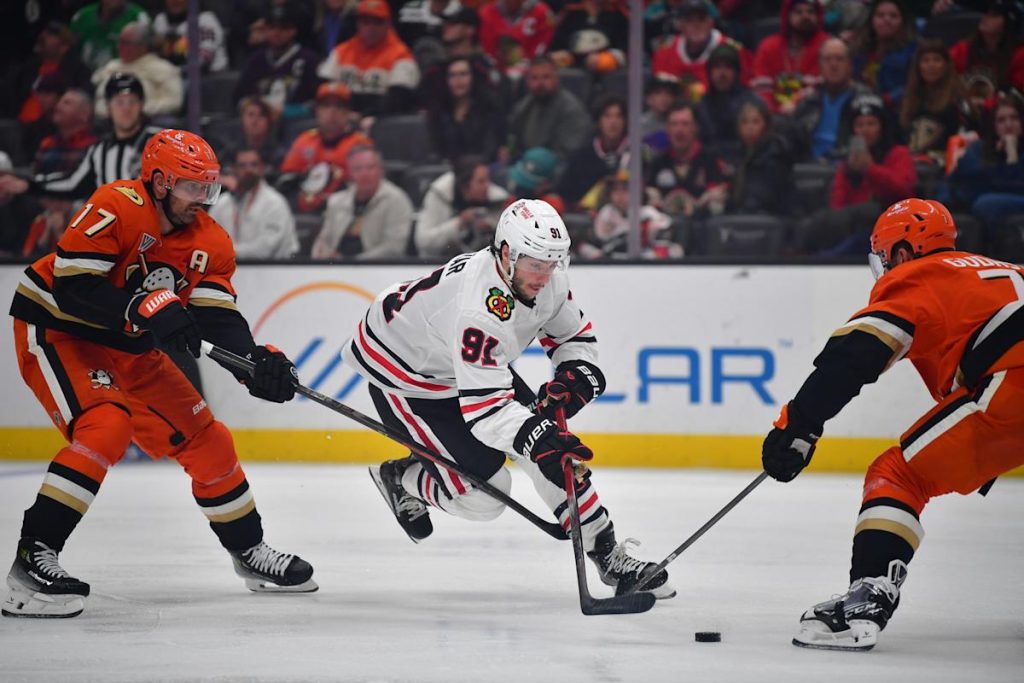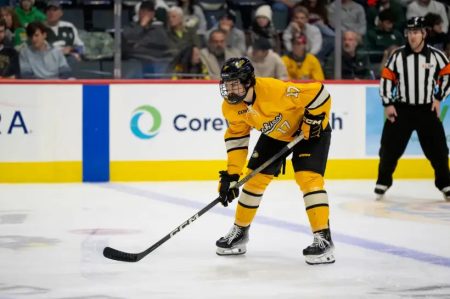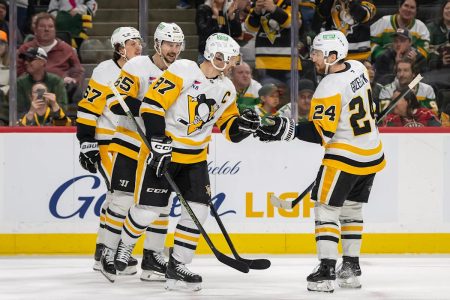A Tough Home Match Against Chicago
The Anaheim Ducks kicked off their March schedule with a home game against the Chicago Blackhawks at Honda Center on Saturday. Just a few hours prior to the puck drop, the Blackhawks made headlines by trading their top defenseman, Seth Jones, to the Florida Panthers. Jones, who had been logging an average of 24:30 minutes per game and contributing on both the power play and penalty kill units, was a significant loss for Chicago. Despite this, the Ducks faced a formidable opponent. Entering the game, Anaheim had been in good form, recording points in six of their last seven games (5-1-1) and losing in regulation just twice in their previous 11 (8-2-1). Conversely, the Blackhawks were on a four-game losing streak and had managed only one win in their last nine games.
Game Day Lineup and Key Absences
Head coach Greg Cronin decided to stick with the same lineup that had secured a 5-2 victory over the Vancouver Canucks just two days earlier. However, one notable absence was Trevor Zegras, who was serving the final game of his three-game suspension. Zegras had earned this suspension during the Ducks’ 5-4 overtime loss to the Detroit Red Wings on February 23. In goal for Anaheim was John Gibson, who was making his return after being sidelined for three games due to an upper-body injury he suffered in the Ducks’ 3-2 overtime win over the Boston Bruins. Gibson faced 24 shots, stopping 18 of them. Chicago’s Arvid Soderblom, on the other hand, was highly effective, stopping 28 out of 31 shots he faced.
Defensive Lapses and Breakaways
The Ducks’ defensive play had shown significant improvement over the course of the season, particularly against the cycle. However, this game marked a step backward, with two glaring goals resulting from defensive zone coverage lapses. The man-coverage scheme, while generally effective, is vulnerable to switches and high weaves, which can create time and space for attackers to exploit. In the first period, the Ducks were caught out by a miscue that led to a wide-open goal by Jonathan Kaiser. Gibson was not at fault for these goals; the breakdowns in coverage were the primary issue. Additionally, two goals were scored off breakaways, further highlighting the team’s defensive vulnerabilities. Despite these setbacks, Gibson’s performance was commendable, as he did not allow any soft goals.
Cycle Play and Off-Puck Movement
The Ducks started the game with energy and speed, an encouraging sign. However, as the game progressed, their cycle play became too reliant on chances from stagnant positions. The team lacked the off-puck movement necessary to open up ice and create scoring opportunities. This static approach made it easier for Chicago to defend and counter-attack effectively. The Ducks need to balance their aggressive play with more dynamic movement to keep the opposition on their toes and generate higher-quality chances.
Leo Carlsson’s Physical Engagement
One bright spot for the Ducks was the performance of Leo Carlsson. In this game, Carlsson showed a level of physical engagement that is not typically part of his game. He was winning wall battles and forcing mistakes on the forecheck. This physicality added an extra layer to his overall play, and if he can maintain this trend, his natural offensive talents will have even more space to shine. Carlsson has always been known for his skill and creativity, but his increased physical presence could be a game-changer for the team.
Pavel Mintyukov’s Stellar Neutral Zone Play
Pavel Mintyukov delivered one of his best defensive performances to date. He was impeccable in coverage, staying on his check and not giving an inch of ice. However, it was his neutral zone play that truly stood out. Mintyukov has a unique ability to diagnose and disrupt opposing attacks before they even have a chance to build. His keen sense of anticipation and positioning in the neutral zone allows him to kill off threats early, preventing Chicago from gaining any momentum. This game demonstrated that Mintyukov is not just a solid defenseman but a crucial asset in the neutral zone, where his skills can significantly impact the flow of the game.
Looking Ahead to the Road Trip
The Ducks will look to bounce back as they embark on a two-game back-to-back road trip, starting with a match against the Edmonton Oilers on Tuesday and then heading to Vancouver for a game against the Canucks. This road trip will be a test of the team’s resilience and their ability to adapt and improve quickly. With key players like Zegras returning to the lineup after his suspension, the Ducks have the potential to regain their winning form. They will need to address their defensive lapses and cycle play to succeed against strong opponents like Edmonton and Vancouver. The upcoming games will be crucial for the Ducks as they aim to solidify their position in the standings and continue their upward trajectory.
Photo Credit: Gary A. Vasquez-Imagn Images











